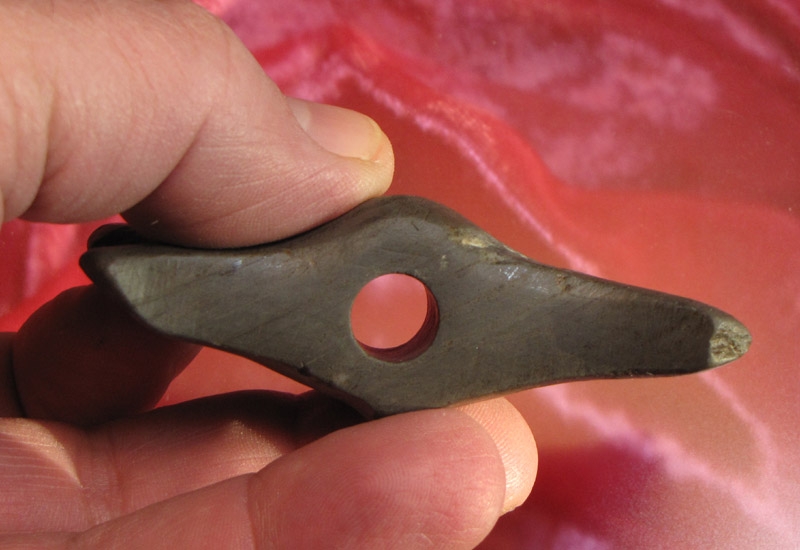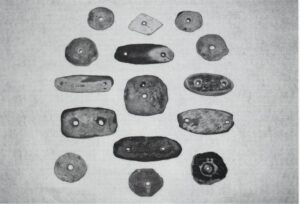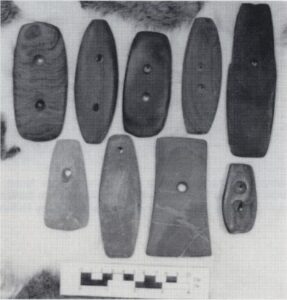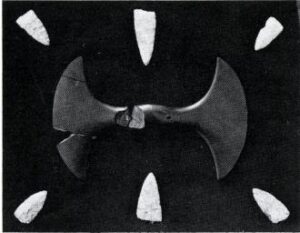For centuries, Native American artifacts have been treasured for their beauty, cultural significance, and historical value. From intricately woven baskets to intricately carved totem poles, these artifacts are a testament to the rich history and traditions of the indigenous peoples of America. However, if you are a collector or dealer of Native American artifacts, you know that selling them can be a tricky business. With so many regulations, laws, and ethical considerations to navigate, it can be difficult to know where to start. That’s where we come in. In this article, we’ll reveal the best-kept secrets of selling Native American artifacts, as shared by our team of expert collectors and dealers. From pricing strategies to legal requirements, we’ll provide you with the insights and advice you need to successfully sell your Native American artifacts and ensure they end up in the right hands. So, whether you’re a seasoned collector or just starting out, read on to discover the secrets of selling Native American artifacts like a pro.
The significance of Native American artifacts
Native American artifacts are an important part of American history. They are cultural symbols that represent the beliefs, values, and traditions of the indigenous people of America. For many people, collecting Native American artifacts is a way of preserving and celebrating the rich history of these people. Some collectors see it as a way of connecting with the past and learning about the lives of those who came before them.
However, it’s important to understand that Native American artifacts are not just objects to be bought and sold. They are an important part of the cultural heritage of Native American communities, and many of them are considered sacred. For this reason, it’s important to approach the buying and selling of Native American artifacts with respect and sensitivity.
Legal considerations when selling Native American artifacts
When it comes to selling Native American artifacts, there are a number of legal considerations to keep in mind. The first thing to understand is that many Native American artifacts are protected by law. This is because they are considered to be cultural property and are often tied to the identity and history of Native American communities.
The Native American Graves Protection and Repatriation Act (NAGPRA) is a federal law that requires institutions that receive federal funding to return Native American human remains, funerary objects, sacred objects, and objects of cultural patrimony to their rightful owners. This means that if you are in possession of an artifact that falls under any of these categories, you may be required to return it to the appropriate Native American tribe or group.
Additionally, some states have laws that regulate the buying and selling of Native American artifacts. For example, in Arizona, it is illegal to buy or sell any Native American artifact that was taken from public or private land without a permit. It’s important to research the laws in your state and ensure that you are in compliance before buying or selling any Native American artifacts.
Establishing authenticity of Native American artifacts
One of the most important aspects of selling Native American artifacts is establishing their authenticity. This is crucial both from a legal perspective and to ensure that you are getting a fair price for your artifact. There are a number of ways to establish the authenticity of a Native American artifact.
One of the most important things to look for is provenance. Provenance is the history of an artifact’s ownership and can help to establish its authenticity. If an artifact can be traced back to a specific Native American tribe or group, this can provide strong evidence of its authenticity.
Another important factor is the materials used to create the artifact. Many Native American artifacts were made using materials that were specific to certain regions or tribes. For example, Navajo rugs are often made from wool, while Hopi kachina dolls are traditionally made from cottonwood root.
Finally, it’s important to work with reputable dealers and collectors who have a track record of dealing in authentic Native American artifacts. These individuals will have the knowledge and expertise to help you establish the authenticity of your artifact and ensure that you get a fair price for it.
Pricing your Native American artifacts
When it comes to pricing your Native American artifacts, there are a number of factors to consider. The first thing to keep in mind is the rarity of the artifact. The more rare an artifact is, the more valuable it is likely to be. Additionally, the condition of the artifact will also impact its value. Artifacts that are in excellent condition are typically more valuable than those that show signs of wear and tear.
Another important factor to consider is the demand for the artifact. If there are many collectors looking for a particular type of artifact, this can drive up the price. On the other hand, if there is little demand for a particular type of artifact, this can make it more difficult to sell and may result in a lower price.
It’s also important to do your research and understand the market for Native American artifacts. This will help you to determine a fair price for your artifact and ensure that you are not overpricing or underpricing it.
Marketing and advertising your Native American artifacts
Once you have established the authenticity and value of your Native American artifact, it’s time to start marketing and advertising it to potential buyers. There are a number of ways to do this, including:
– Online marketplaces: There are a number of online marketplaces that specialize in Native American artifacts, such as eBay and Etsy. These platforms allow you to reach a large audience of potential buyers from all over the world.
– Auction houses: Auction houses can be a great way to sell high-value Native American artifacts. They have a built-in audience of collectors and often attract high prices.
– Native American art shows: There are a number of Native American art shows and events held throughout the year. These events can be a great way to showcase your artifacts and meet potential buyers in person.
When marketing and advertising your Native American artifacts, it’s important to provide accurate and detailed descriptions of the items. This will help potential buyers to understand the value and significance of the artifact.
The best places to sell your Native American artifacts
When it comes to selling your Native American artifacts, there are a number of options to consider. Some of the best places to sell Native American artifacts include:
– Online marketplaces: As mentioned earlier, online marketplaces can be a great way to reach a large audience of potential buyers.
– Auction houses: Auction houses can be a great option for high-value artifacts, as they often attract serious collectors and can result in high prices.
– Native American art galleries: Native American art galleries specialize in selling authentic Native American artifacts and can provide a great platform for selling your items.
– Private collectors: Finally, you may want to consider selling your Native American artifacts to private collectors. These individuals may be willing to pay top dollar for rare or unique artifacts.
Expert tips for selling Native American artifacts
To wrap up, here are some expert tips for selling Native American artifacts:
– Do your research: Before buying or selling any Native American artifacts, it’s important to do your research and understand the laws and regulations that apply.
– Work with reputable dealers and collectors: When buying or selling Native American artifacts, it’s important to work with individuals who have a track record of dealing in authentic artifacts.
– Establish authenticity: Establishing the authenticity of your Native American artifact is crucial both from a legal perspective and to ensure that you get a fair price for it.
– Be respectful: Native American artifacts are an important part of the cultural heritage of Native American communities. It’s important to approach the buying and selling of these artifacts with respect and sensitivity.
Common mistakes to avoid when selling Native American artifacts
Finally, here are some common mistakes to avoid when selling Native American artifacts:
– Failing to establish authenticity: Failing to establish the authenticity of your artifact can result in legal issues and may impact the price you are able to get for it.
– Overpricing or underpricing: It’s important to do your research and understand the market for Native American artifacts to ensure that you are pricing your items fairly.
– Lack of sensitivity: Native American artifacts are an important part of the cultural heritage of Native American communities. It’s important to approach the buying and selling of these artifacts with respect and sensitivity.
Conclusion
Selling Native American artifacts can be a challenging business, but with the right knowledge and expertise, it can also be a rewarding one. By understanding the legal considerations, establishing the authenticity of your artifacts, and pricing and marketing them effectively, you can ensure that your artifacts end up in the right hands and are appreciated for their beauty, cultural significance, and historical value.





